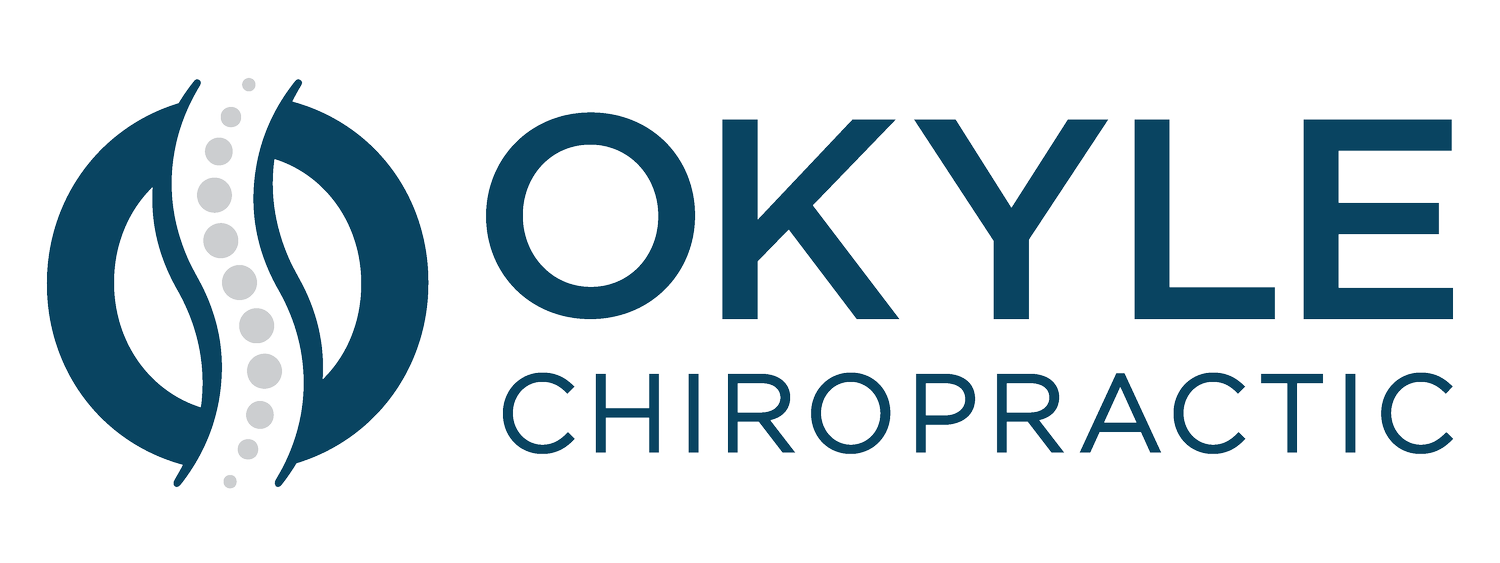HEAT VS. ICE - WHICH IS BETTER?
I am constantly asked “Should I ice it?”, “When should I use a heating pad?”, “How often should I use heat or ice?”. The short answer: both ice and heat are great tools for recovery. Read on to determine when to use each in order to maximize healing.
Ice
Ice is important for acute injuries or conditions that are new. For example, a newly sprained ankle, a new muscle strain, or any other injury that occurred in the last few days. The purpose of ice is to slow/halt inflammation, swelling, and tissue damage in order to allow for the injured tissue to recover. Swelling typically occurs due to leaking fluid from blood vessels in/around the trauma site. Ice helps constrict blood vessels, which reduces the flow of blood and ultimately decreases swelling and minimizes tissue damage. When liquids get colder, they tend to move slower - the same happens with the fluid in our body!
Ice may also be used as a temporary pain relief tool as the effects can be numbing. It is also great to use post-exercise as a recovery technique to reduce muscle soreness and any potential swelling.
Always limit icing to 15-20 minutes at a time to avoid skin or tissue damage. Also, be sure to use a barrier (cloth, towel, etc.) to reduce the risk of frostbite from the ice.
Heat
Heat is typically most beneficial for chronic injuries; in other words, injuries or ailments that one has been experiencing for more than a few days. The purpose of heat is to increase blood flow within the affected area, which improves the delivery of oxygen & nutrients to tissues as well as helps facilitate removal of waste products.
There are two different types of heat: moist heat and dry heat. Moist heat is a type of heating that has the presence of moisture. For example, a warm compress, warm baths, hot towel soaks, hydrocollator packs, or steamed towels. Dry heat is essentially the opposite - it does not contain moisture. Examples of dry heat include electric heating pads, infrared lamps, or electric blankets.
Moist heat tends to penetrate the skin and immerse itself deeper in tissues more effectively than dry heat. It can also aid in hydration which may be beneficial for individuals with certain skin conditions. Additionally, it reduces the risk of dryness or irritation to the skin and tissues.
Dry heat is usually more convenient to apply, especially at home. It may be more conducive for individuals with certain skin conditions or injuries when moisture is not advisable.
Heat in general is great for muscle spasms and muscle soreness. It is also favorable for joint stiffness (especially those with arthritis) as it can enhance flexibility and reduce pain/stiffness. It is useful for overall blood circulation as it promotes vasodilation which increases blood flow to tissues.
Always limit heat to 15-20 minutes at a time to avoid skin or tissue damage. Also, be sure to use a barrier (cloth, towel, etc.) to reduce the risk of burn from the heat.
Any questions? Feel free to reach out to our office via phone or text: (310) 880-9663. Happy healing!
Disclaimer: The information provided on this chiropractic blog is for general informational purposes only and is not intended as a substitute for professional medical advice, diagnosis, or treatment. Always seek the advice of your physician or another qualified health provider with any questions you may have regarding a medical condition. Never disregard professional medical advice or delay in seeking it because of something you have read on this blog. If you think you may have a medical emergency, call your doctor or 911 immediately. Reliance on any information provided by this blog is solely at your own risk.
